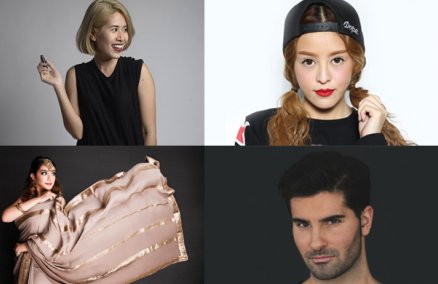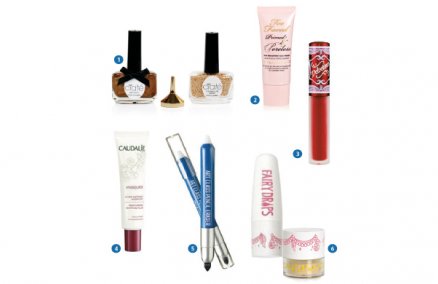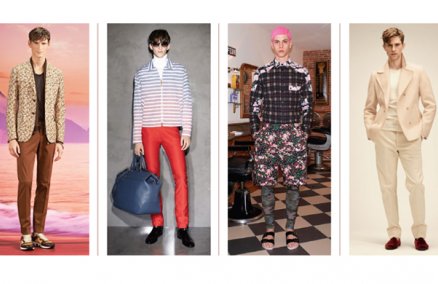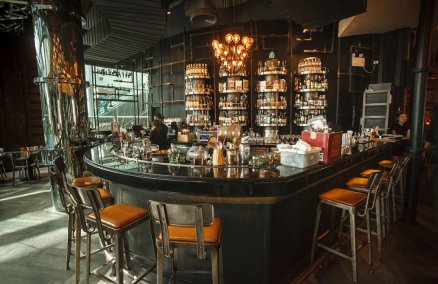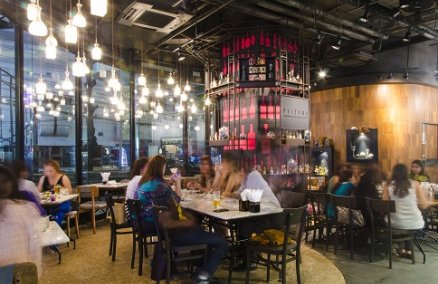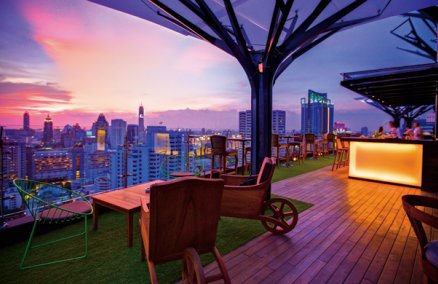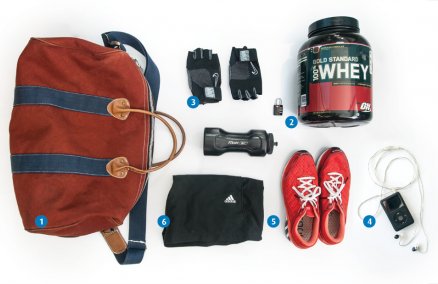Cult fashion houses Ambush and Surrender in Far East Plaza have done much to inject culture and identity into Singapore’s fashion scene. Stocking exclusive indie labels such as Head Porter, Medicom, Original Fake, UNKLE, Neighbourhood, Acronym, Visvim and Good Enough, both stores have gained a big enough loyal following over the years to allow them to step out of the overcrowded mall to the more exclusive neighbourhood of Devonshire Road. Now housed under one roof, they have more room to play and display.
The décor of the double storey shophouse is art in itself. Level one is a mini art gallery with open space and white washed walls. Level two carries Ambush’s and Surrender’s underground fashion items, and the air is filled with incense. T-shirts with attitude, bags, punk accessories, quilted leather sneakers are illuminated with art, and black-and-white photos of classic race cars and Damien Hirst inspired toys. Earn Chen, owner of the store, reveals some of his plans to I-S.
Tell us about your new store, its location and the shophouse. Why did you decide to move here?
We wanted to get out of Far East Plaza. We started out really cool there but we’ve outgrown it. The new location is perfect for us: A shophouse in town. The gallery is very important for us too—we want shoppers to experience the art before they even see the clothing. In the gallery, we now have Ambush/Surrender artworks on display. It’s a platform for local artists and artists from overseas that we admire. We try to have an art show every six weeks. The next art show will feature Rostarr from New York.
How about the interior design? Whose efforts are behind the décor?
We basically brought over stuff from the old stores and fine-tuned it. I have a friend, Jasper from FUUR Architects, who took James’s (James Lavelle is a co-founder) concepts and made them happen through his work.
Your store previously stocked mostly streetwear items. What made you switch to high-end fashion?
We have always stocked exclusive labels. They are not something the average person can easily afford. Our prices compare to Prada and other designer wear. So I won’t say we are moving from streetwear to high-end fashion because we are still selling the same stuff, and our prices have always been at those levels. I guess you classified us as streetwear because we were at Far East Plaza.
Surrender is your in-house label. Can you tell us more about it?
Surrender is basically a record label cum clothing label. In Singapore we are a design and production unit for the record label, everything else runs in our headquarters in London. We try to incorporate a blend of music, film and clothing.
Have you brought in any new labels lately?
For Surrender, we brought in a new label called Supreme from New York.
Any previews for I-S readers?
We have a recent collaboration with Allan Forbes from Poster Pop, an artist based in LA. We commissioned him to a collection for us. He designed some logos and did illustrations for t-shirts. We’ll have lots of collaborations come next year and behind the gallery we’ll start a cafe. Surrender will be releasing a new album and we’ll go on tour.
Who are your customers?
Mainly youths, as well as working adults, young professionals, creative people and more recently fashionistas because of the location.
How do you advertise? How do your customers know you’ve moved?
We don’t advertise. What we carry is mostly exclusive. We are the only stockist in Asia, besides Japan, for most of our labels. People who are looking for those brands know to look for us. The last time we launched something—Neighbourhood in Surrender, the response was overwhelming. A pair of jeans costs around $950 and we managed to sell 100 pairs in two hours, with restrictions of one pair per customer. Lots of customers flew in from Hong Kong, London and China and queued up just for those jeans. This may sound arrogant, but in Singapore I don’t think even Gucci is able to pull off something like that.
What music do you play in the store?
Rock and down tempo mix tapes from friends. We’re playing on loop now Benji B from London. We really like his stuff.
Do you think the local market is big enough? How far are we from the Hong Kongers or Japananese who are more willing to spend on premium fashion?
Singapore is right behind Hong Kong and Japan. Singapore’s doing alright based on the amount we spend given our population.
Do you have plans to take over the local fashion scene?
No...no ambitions for that! We’re pretty low key.
What are you going to do with all this space?
No runways for us. We’ll have more space for art, music and we can start throwing parties for our friends.
Advertisement










